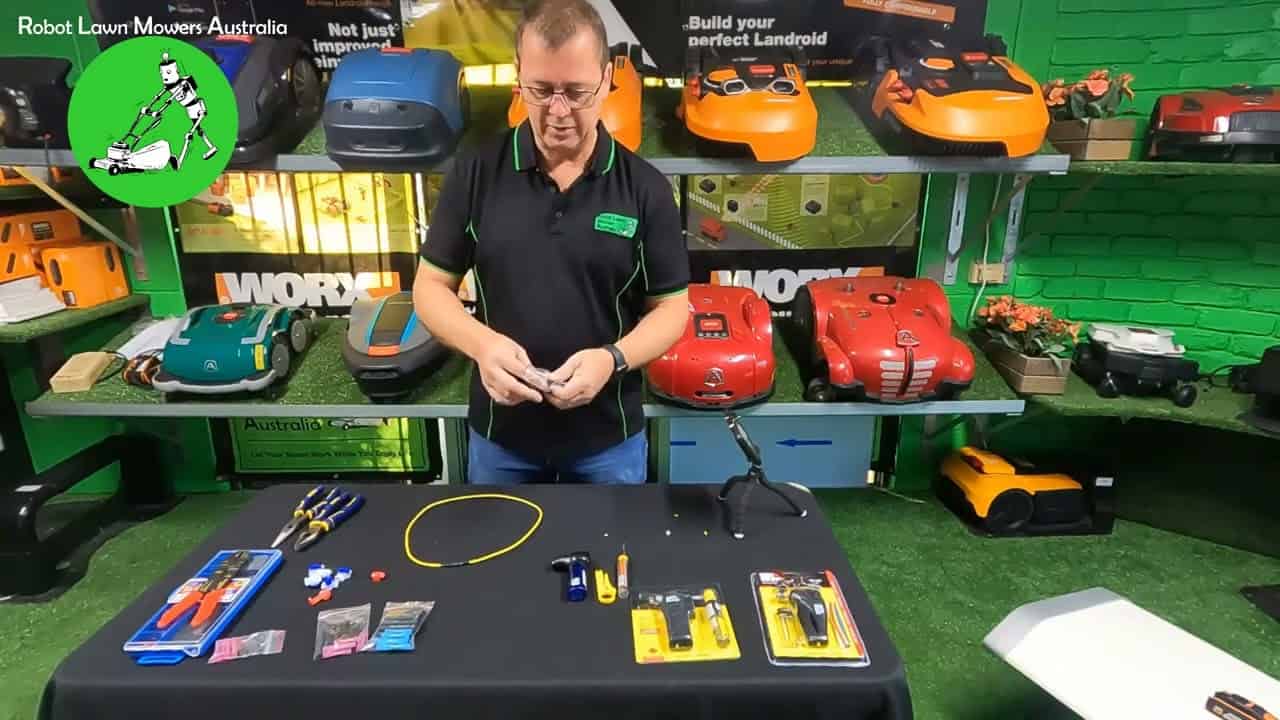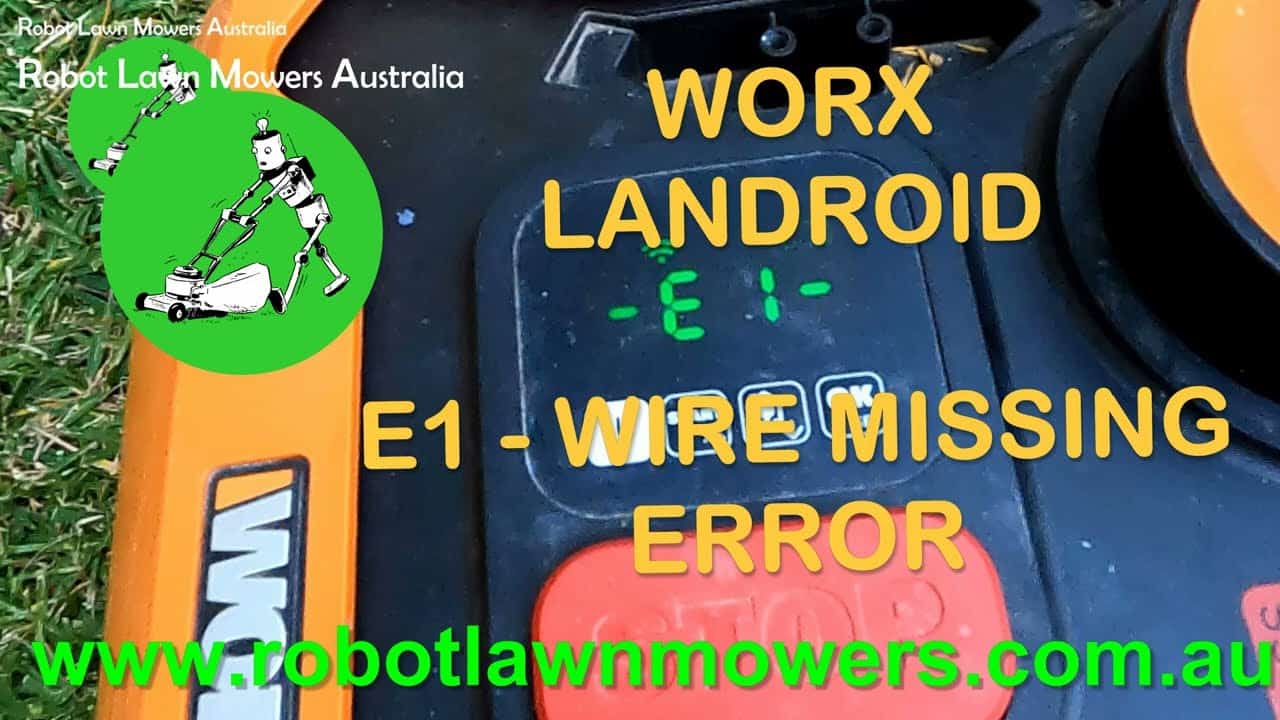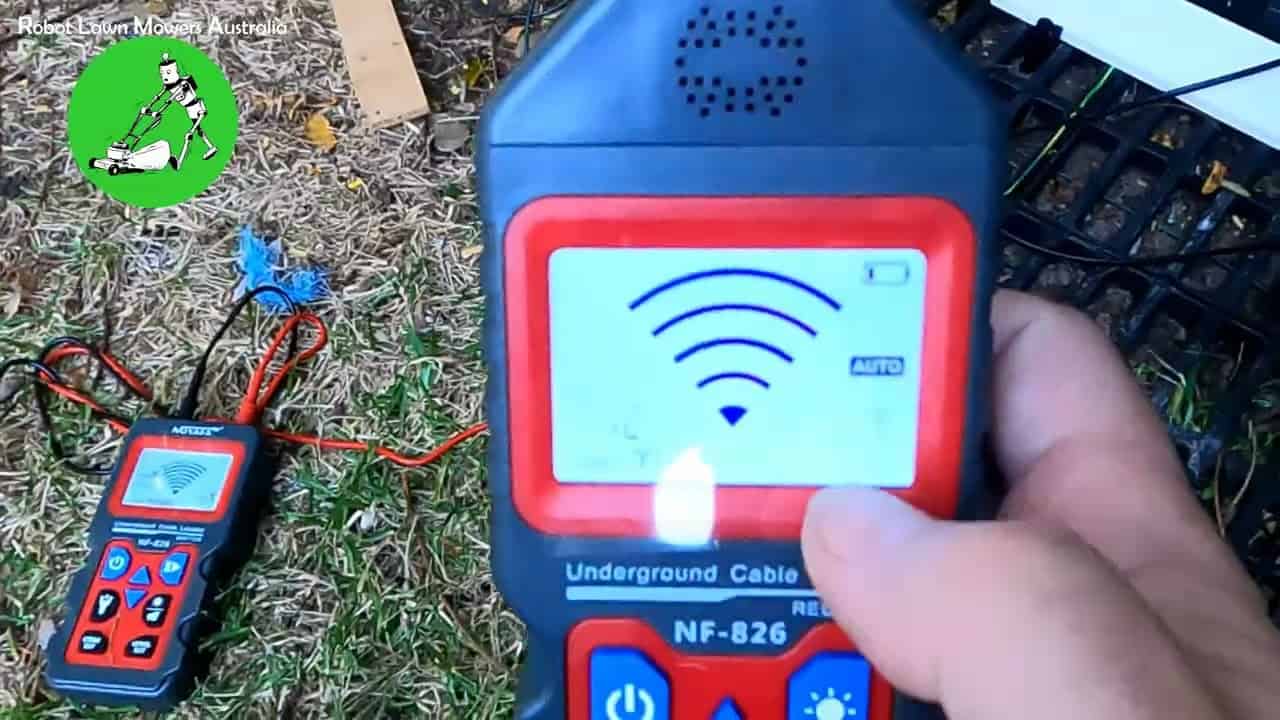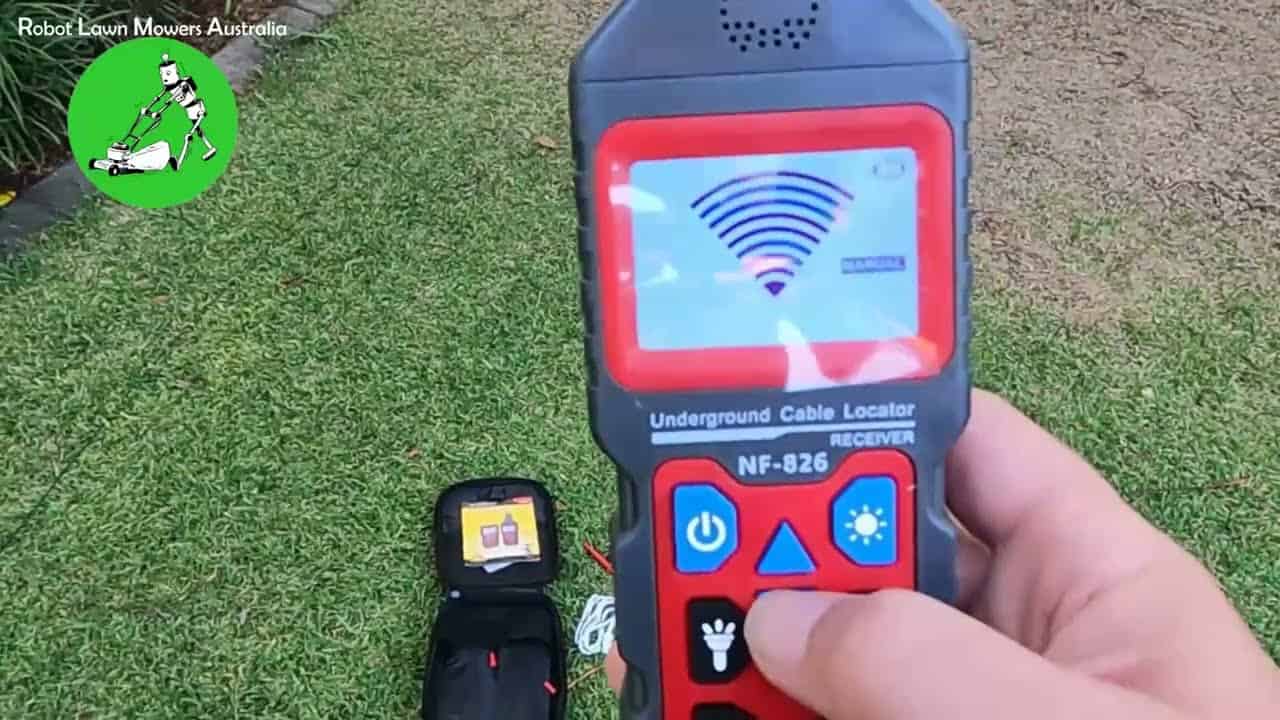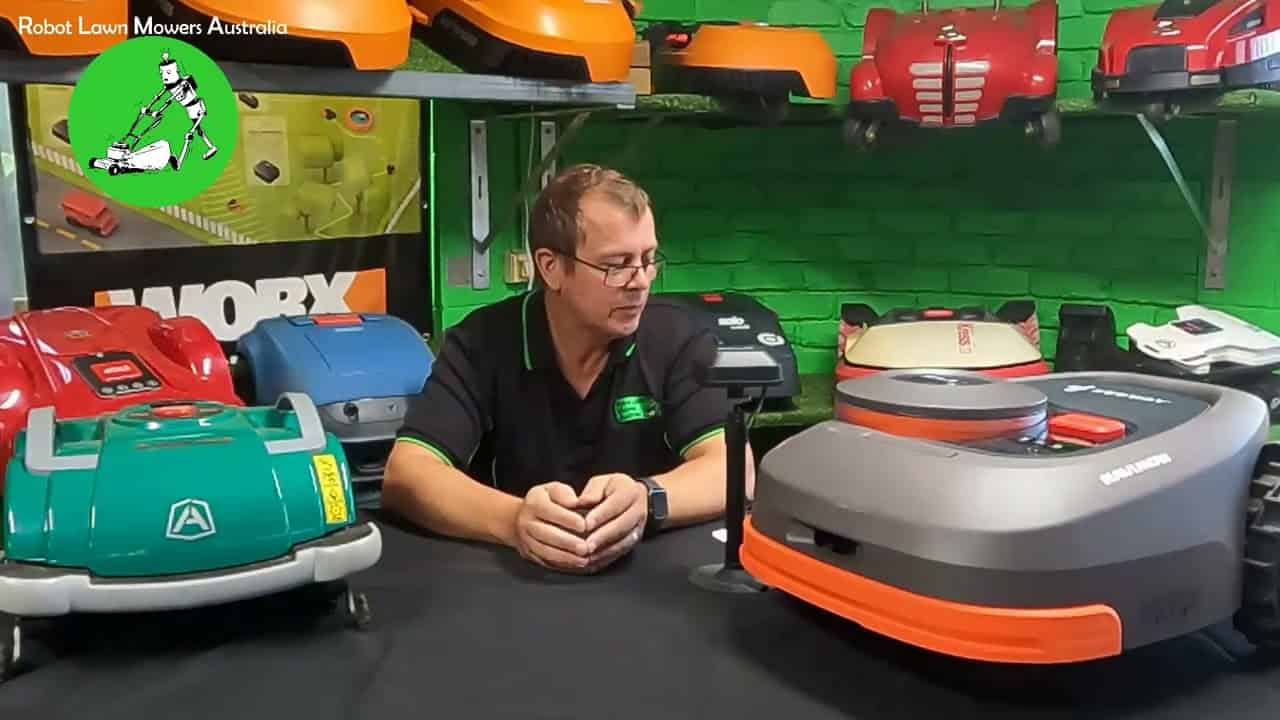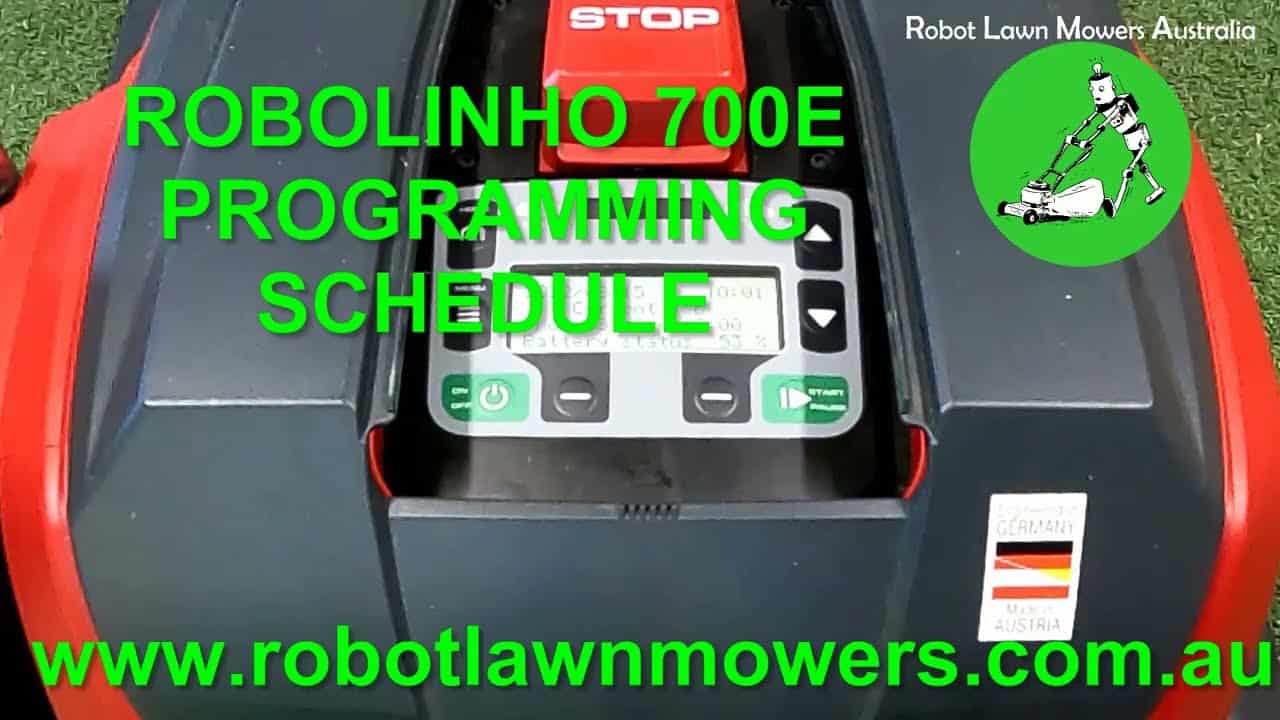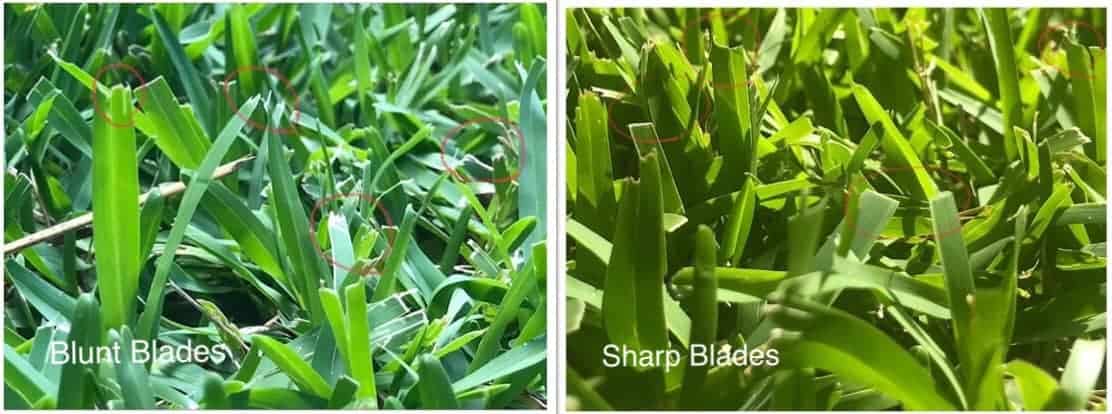Summary
- Basic Introduction to wireless robot mowers
- What to expect of this new technology and how it works
- What wireless robot mowers are we going to see in Australia?
- Pros and cons to this technology at this point.
- Will this new technology work in your yard?
- Help answer the question of if you should wait for this technology or install a wired robot lawn mower.
Basic Introduction to wireless robot mowers
Traditional robot mower has a boundary wire that is installed around the entire working area. ~
Wireless robot lawnmowers do not have this wire to be installed and are much simpler to set up. Similar to a robot vacuum cleaner but you will still have to program the working area into the robot.
To program these it is usually done via your phone or tablet and you remote control the robot around the area to be mowed and the robot records where the limits of the mowing area are. This is also done for exclusion areas that are inside the mowing area like garden beds and driveways etc…
What to expect of this new technology and how it works
There are quite a few different technologies that different companies are working on.
RTK with IMU sensors are the most popular at the moment.
RTK– real-time kinematic, this corrects the existing GPS position. A fixed point reference station (antenna) is installed and that will correct the GPS signal to as little as 1-2cm accuracy.
IMUs (Inertial Measurement Units) combine multiple sensors such as an accelerometer, gyroscope, and compasses to provide multi-axis motion tracking. So it recodes every movement the robot has.
Then Encoders on the drive wheel measure the distance each drive wheel travels.
So with all these sensors combined the robot primarily uses the RTK signal to provide an accurate position of the robot, but when the RTK signal is compromised the imu and encoders calculate the position of the robot as best as possible to keep the robot mowing within the lawns boundaries.
Other sensors that wireless robot lawnmowers will use:
- Vision
- Ultrasonic
- Radar
- LiDAR
What wireless robot mowers are we going to see in Australia
- Luba – RTK Based.
- Segway Navimow – RTK bases with the optional vision sensor.
- Worx Vision – Vison based.
- Kress – RTK based with no local reference station required.
- Ambrogio – RTK Based.
- Husqvarna – RTK Based.
- Ecovac G1 goat – Vision and Local Positioning System.
- Novabot – RTK and Vision based.
- Conga – Vision Based.
Currently, we are testing the Luba and Segway models and they are providing very positive results. Both are similar to each other but there are pros and cons to each, and we will be providing individual review videos of each model as the production models are released in Australia.
From my discussion with various manufacturers, they are all at different stages of final design and looking to start mass production. Some are still working with beta testers and Kickstarter customers until they are happy with their final design.
Pros and cons to this technology at this point.
Pros
- No wire
- Travels over paths
- Multiple paths back to base
- Flexible scheduling for each area
Cons
- GPS shadowing
- Camera lens cleaning
- Obstacle identification. False stopping etc.
- Possibility of excluding areas of the lawn that you will have to mow conventionally or convert the grass to gardens.
Will wireless technology work in my yard?
If you can answer yes to these three questions, then there is a good chance the RTK base technology can work for you:
- Can the reference station be installed with a 120-140deg unimpeded line of sight to the sky?
- you don’t have tall walls on the edge of your garden.
- you don’t have large tree canopies.
You can also go to the Segway website and fill out the checklist to see if their robot is suitable for your yard. This will give you a good idea if any of the RTK-based robot technology will work for you in your yard.
https://navimow.segway.com/CheckList
This checklist is quite conservative and is quick to exclude your property, so we recommend contacting us and providing photos and videos of your property so we can tell you how much of your property is suitable and how much is not.
Should wait for this technology or install a wired robot lawn mower?
Small yards will likely be better served with current wired models. This is Due to fences and walls and trees that most properties will have near the lawn areas. Anything within 1m of the lawn area that is taller than 1.8m will very likely affect the accuracy of an RTK base wireless robot mower.
Larger open yards with little to no obstructions then probably yes you could wait for this new technology to be released. Unless you don’t want to wait too long as there are already very reliable robots for large areas.
So, then the question is when can we see this new technology available in Australia?
The first 2 or 3 models like Luba, Navimow and maybe Worx Vision should be in late 2023.
Others will be in 2024 but are unknown whether this will be in early-mid or late 2024.

